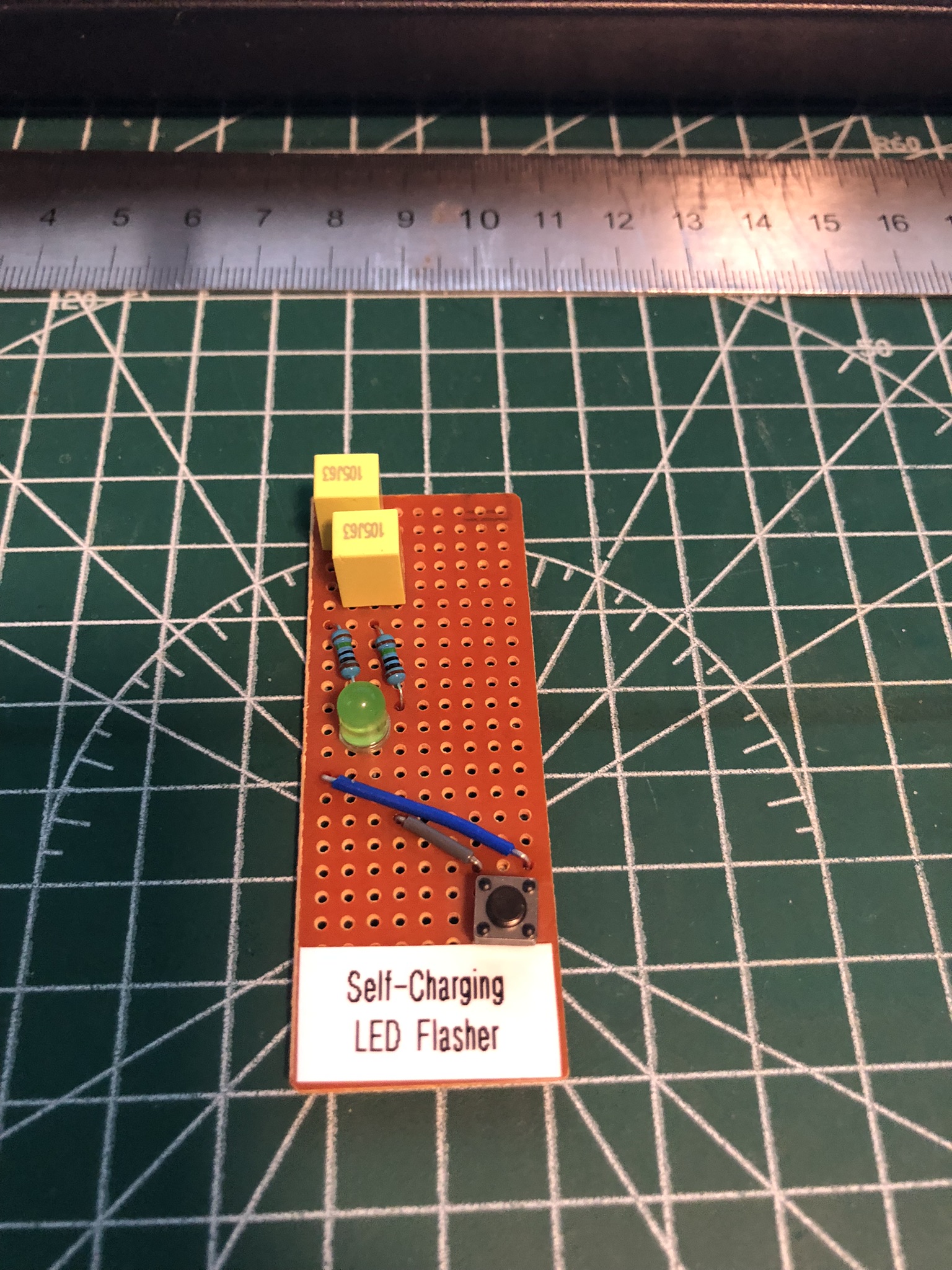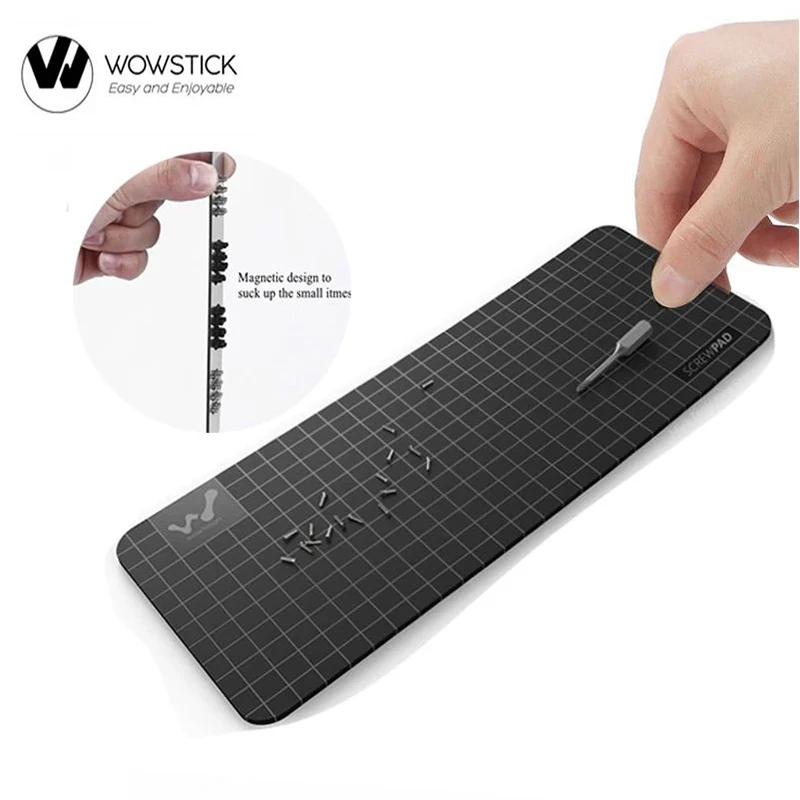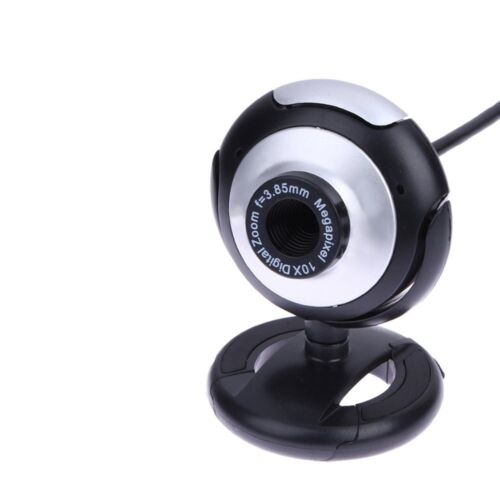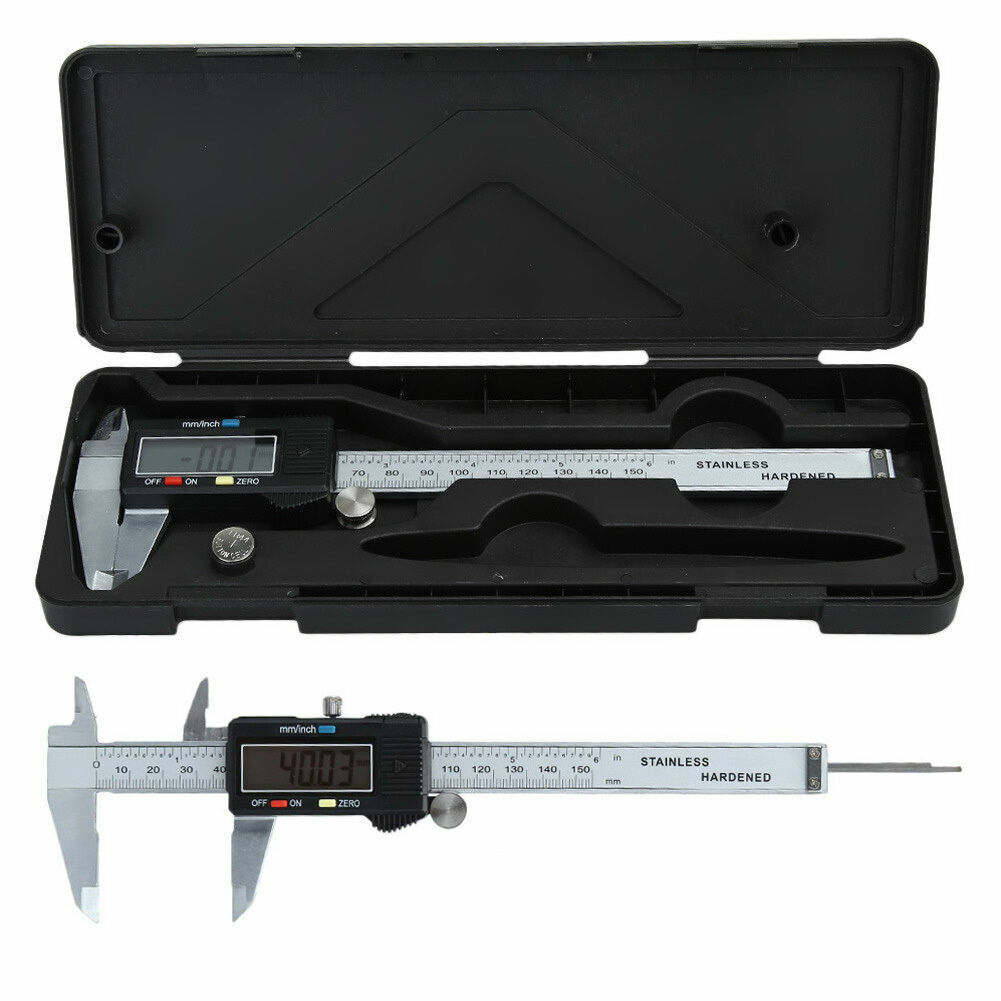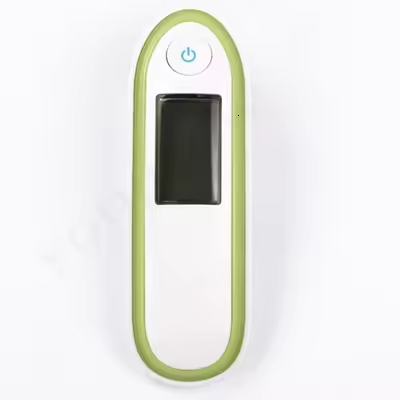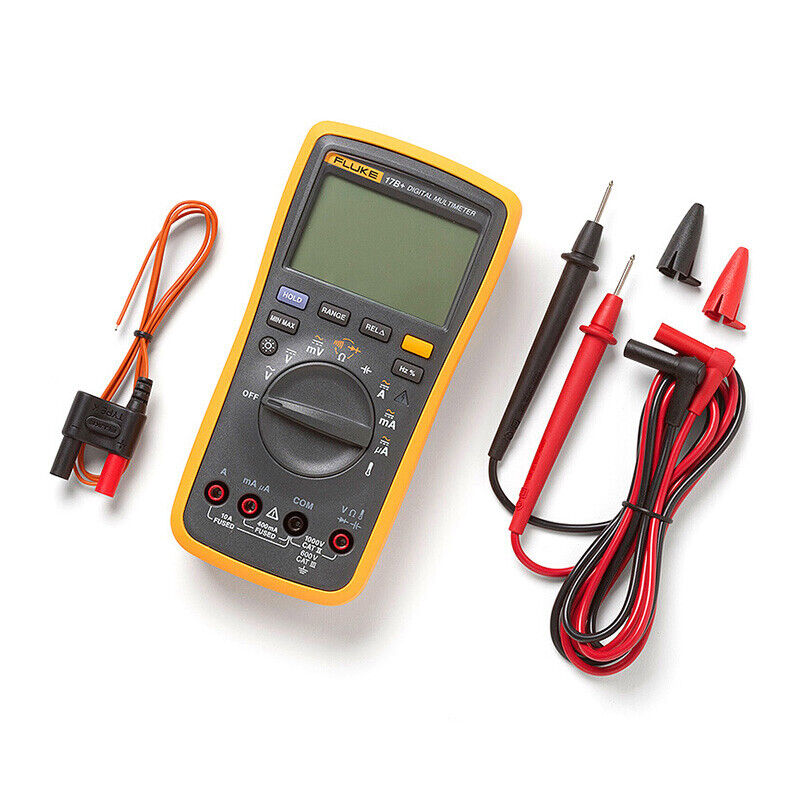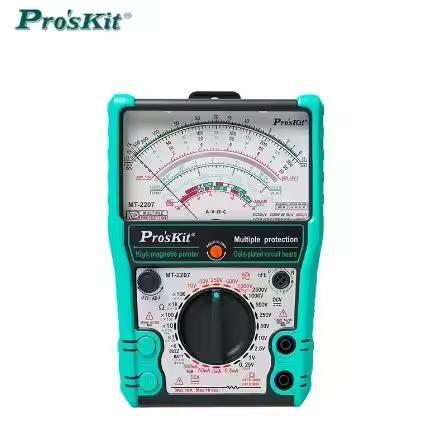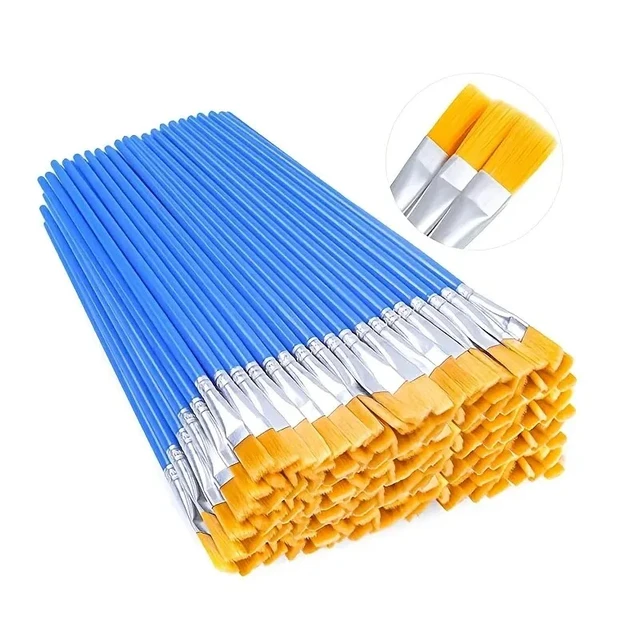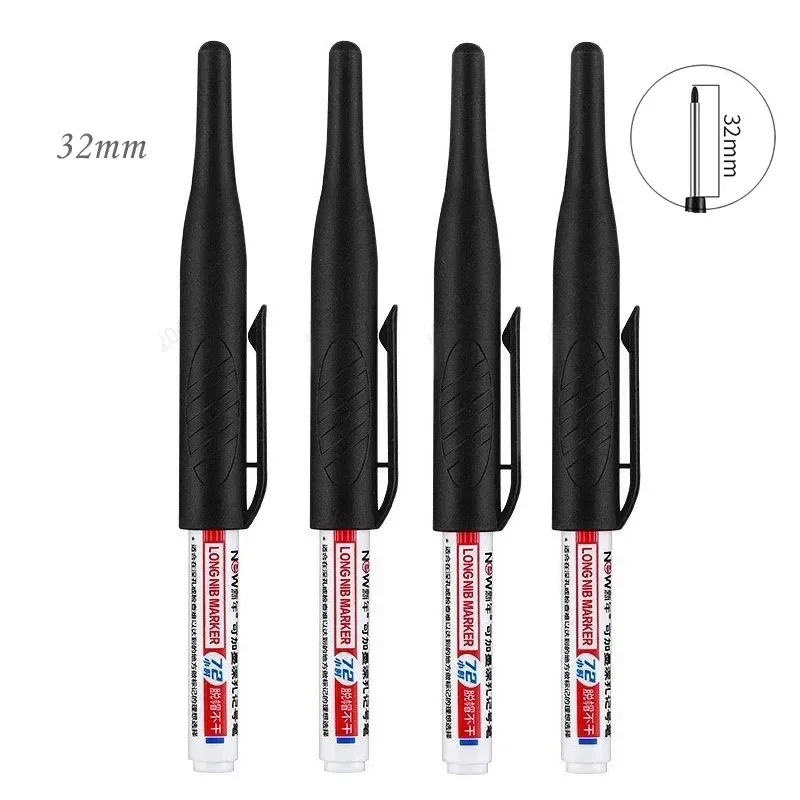This post is part of my video blog and you can find more information about this video.
You can support this channel on Patreon: patreon.com/JohnElliotV
Silly Job Title: Connector Kingpin. I am the Connector Kingpin!
In this video we take a look at the Knock Sensor Module For Arduino 3Pin KY-031 Percussion Knocking Knock Sensor Module Diy Starter Kit KY031.
The demo code is here: 2025-10-20-KY-031-Knock-Sensor.ino.
Thanks very much for watching! And please remember to hit like and subscribe! :)
Following is a product I use picked at random from my collection which may appear in my videos. Clicking through on this to find and click on the green affiliate links before purchasing from eBay or AliExpress is a great way to support the channel at no cost to you. Thanks!
14500pa Cordless Hand Held Vacuum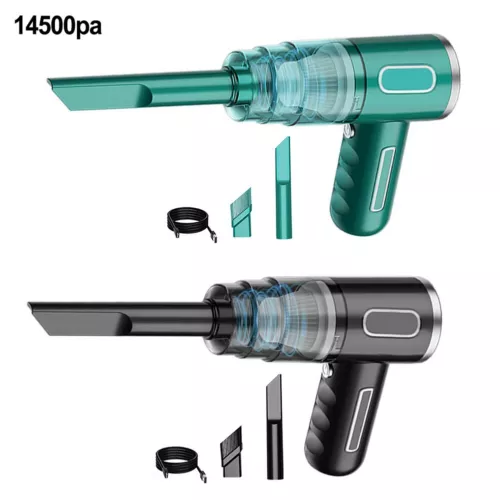 |
Let’s go shopping!

